Kejriwal's on road to Expanding AAP’s reach in Punjab and eastern states are
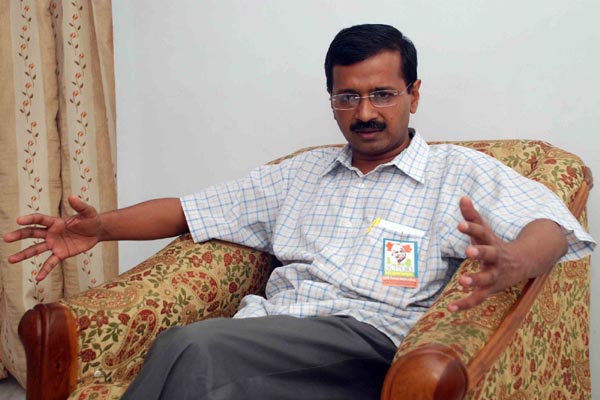
During the recently-concluded
Bihar polls, Kejriwal checkpoints 2019 General Electionopenly supported the JD-U’s
Nitish Kumar as chief minister to help him fight off the BJP and its mascot Prime
Minister Narendra Modi. The only
satisfaction for Kejriwal will be that no matter the victor in West
Bengal, it will be a party with which AAP can identify and work on a larger
canvas. It isn't often that Delhi Chief Minister Arvind Kejriwal finds himself in a dilemma. But the forthcoming Assembly
election in West Bengal is likely to push him into one. Unlike Punjab, where
his Aam Aadmi Party will go the whole hog to try and wrest the state from the
ruling Shiromani Akali Dal-BJP combine, and displace the Opposition Congress as
the main alternative; in West Bengal, his political and personal rapport with
the Communists on the one hand, and Trinamool Congress chief and Chief Minister Mamata Banerjee on the other, will make it difficult for him to adopt a
Bihar-like strategy. he saffron party had done well in the 2014 General
Elections in West Bengal where it had won only two seats but secured 16.8
percent of the votes — an increase of over 10 percent compared to its previous
tally. Elections in West Bengal, Tamil Nadu, Kerala, Assam and
Puducherry are slated for the first half of 2016, with the Assemblies
completing their terms between May and early June. Punjab, along with crucial states like Uttar
Pradesh, Goa, Gujarat, Himachal Pradesh, Manipur and Uttarakhand, head to the polls
in 2017. However, the real test for AAP will be in 2018 in the bipolar politics
of Madhya Pradesh, Chhattisgarh and Rajasthan, where it will seek to replace a
decrepit Congress as the main and fresh alternative to the ruling BJP. AAP will
ideally like to explore this vast political landscape.But the 2014 General
Election has been a major lesson for its agitationist-turned-chief minister:
Not to spread his resources too thin or get into 'misadventures' that drag the
party down."It is one step at a time now," maintained a source,
thereby indicating that AAP’s path for the immediate future lies in turning
Delhi into a successful model of governance of, by and for the people, so that
it fetches the party political dividends in other parts of the country in
general, and the neighbouring states in particular. At the same time, the party
will hope to build linkages with other non-BJP, non-Congress formations and
leaders. This, in effect, means that AAP will resist the temptation of rushing
in unless it hopes to capture the political space as it did in Delhi, and as it
hopes to do in the 2017 polls for 117 seats
in Punjab, where it might project
state convenor Sucha Singh Chhotepur as its chief ministerial candidate.
However, its main rival in the quest for power against the decade-long SAD-BJP
government is not the Congress party, but the towering persona of Congress
leader Captain Amarinder Singh.With
13 months in hand, AAP is expected to pour all its efforts into Punjab where
its internal surveys, it claims, have shown positive results. But the party
also cannot forget that the only state that elected four of its members to
the Lok Sabha, summarily rejected its candidates in the two Assembly
by-elections in 2015 — so much so, that they had to forfeit their security
deposits. The lack of an effective organisational base and infighting,
including among its lawmakers, are major hurdles that Kejriwal has to contend
with in the coming days.After its stupendous victory in Delhi, adding Punjab to
its kitty becomes particularly critical for AAP for three reasons.
First,
it will help the party break out of the mould of a regional force, a groove
that region-based parties find themselves stuck in, notwithstanding their
impressive electoral victories in the states where they matter — be it the
Trinamool in West Bengal, the AIADMK or the DMK in Tamil Nadu, the PDP or the
National Conference in Jammu and Kashmir, the Samajwadi Party or the Bahujan
Samaj Party in UP, the Biju Janata Dal in Odisha, the JD-U/RJD in Bihar, or the
NCP and Shiv Sena in Maharashtra. Barring a token presence in some cases, most
of these parties have not been able to make a viable dent in another state.
Will AAP succeed where others have failed? Second, a stake in another state
will increase its national relevance. Holding power in Delhi has already
made AAP a part of the national discourse, evident in Kejriwal’s move to convene
a meeting of CMs to discuss and ensure cooperative federalism, or the move to
back Nitish Kumar in the Bihar elections. Similarly, other chief ministers have
rallied behind one of their ilk. The JD-U leader had endorsed Kejriwal’s call
for full statehood for Delhi, Mamata had urged the Delhi electorate to vote
for AAP and has often tweeted her support to him on various issues; and parties
like the SP, the Trinamool and the Left had, in a parliamentary standing
committee in early 2015, called on the Centre to give control of the Delhi
police to the AAP government — something Kejriwal has been demanding
repeatedly.Third and perhaps most importantly, AAP’s performance in Delhi and
the victory it is eyeing in Punjab will go a long way in helping AAP expand
into a semi-national force and pitch Kejriwal as one of the many possible PM
candidates in the 2019 General Election, especially if the Congress and Rahul Gandhi are not able to provide a counter to
the BJP and Narendra Modi.
AIMIM News
Latest Urdu News
Most Viewed
Where should be the burial of the pilgrims martyred in the Saudi Arabia bus accident?

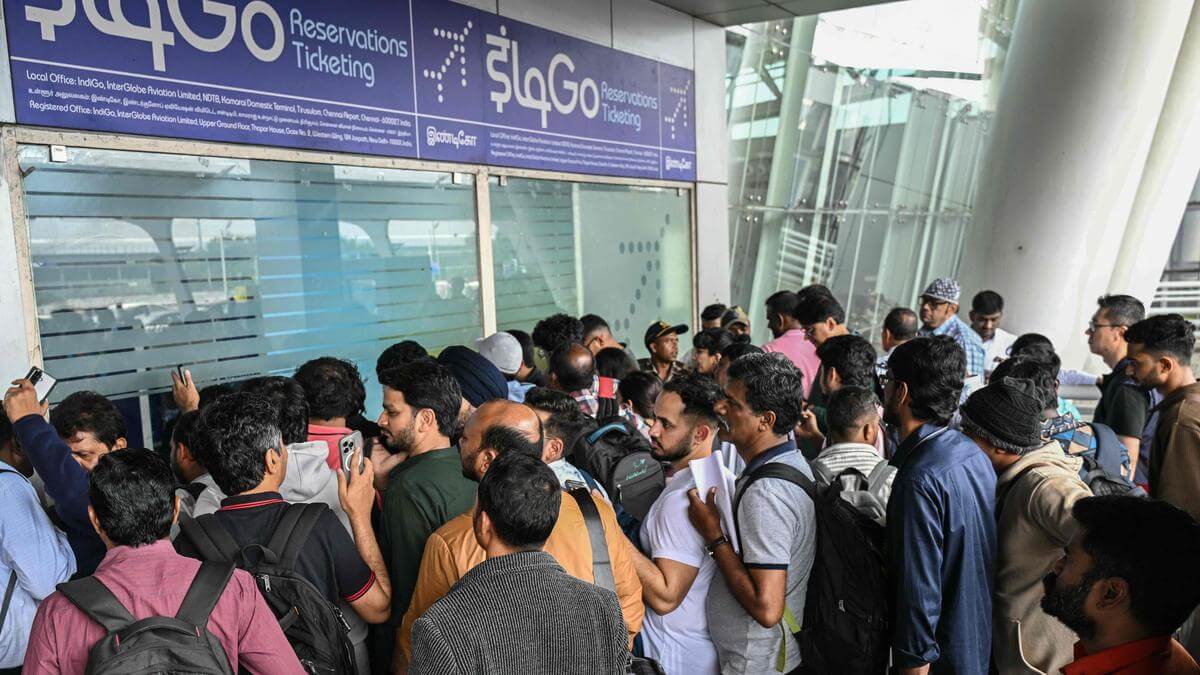

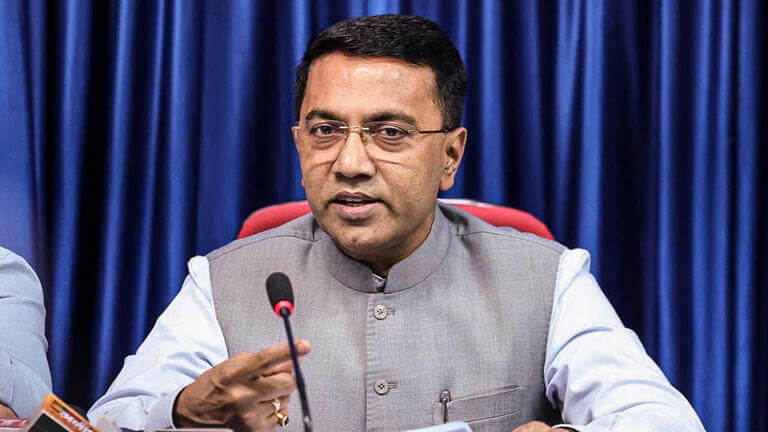

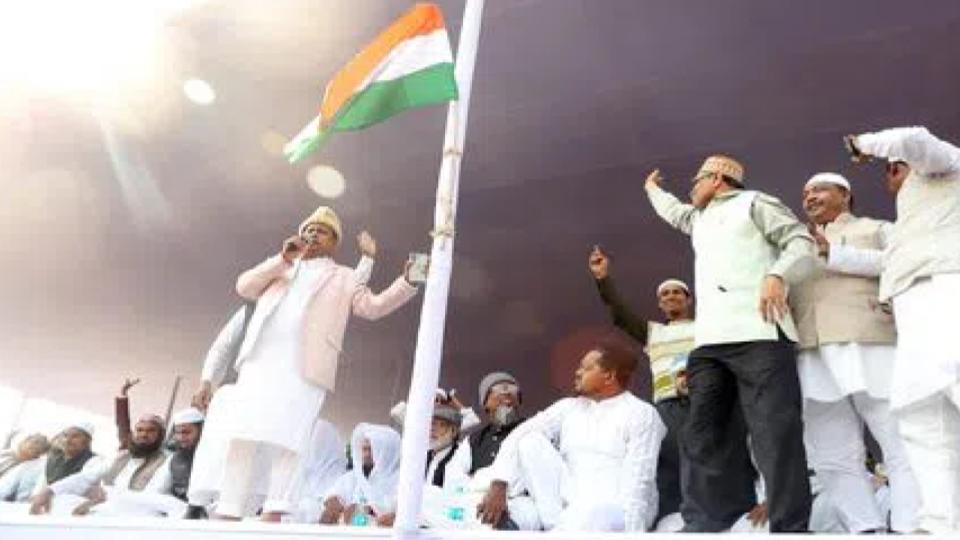






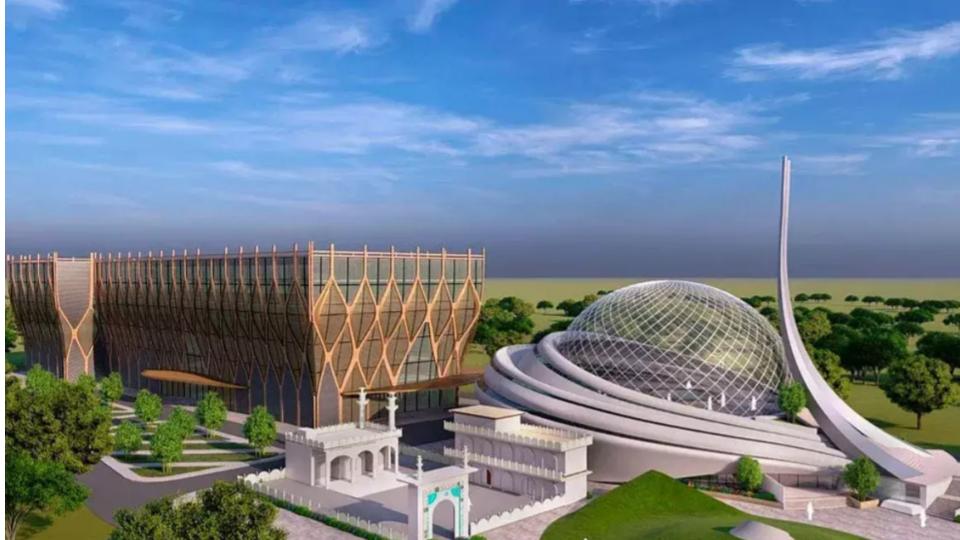

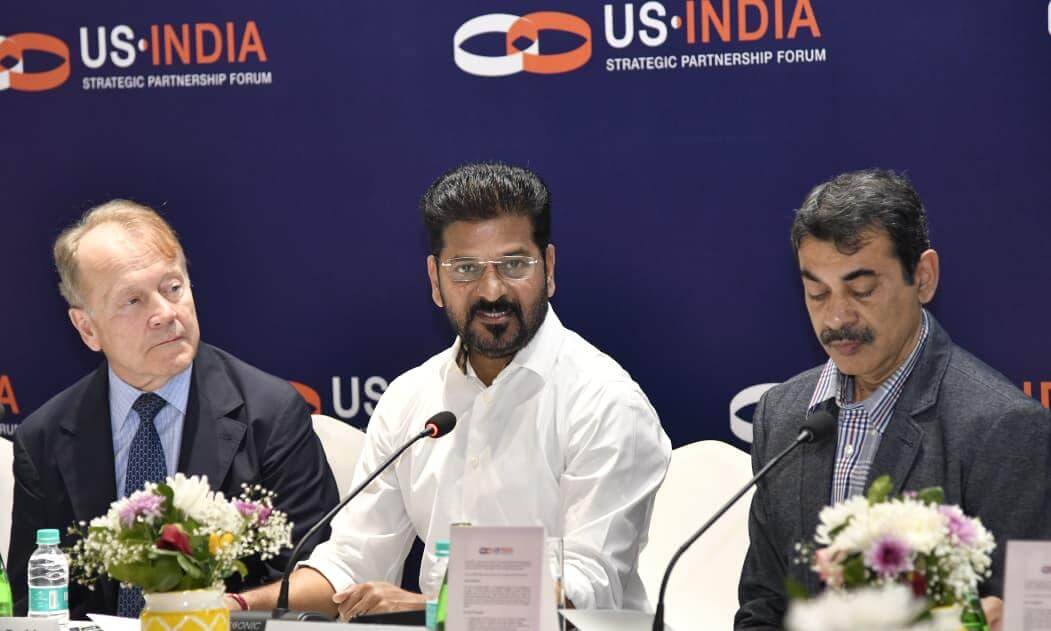
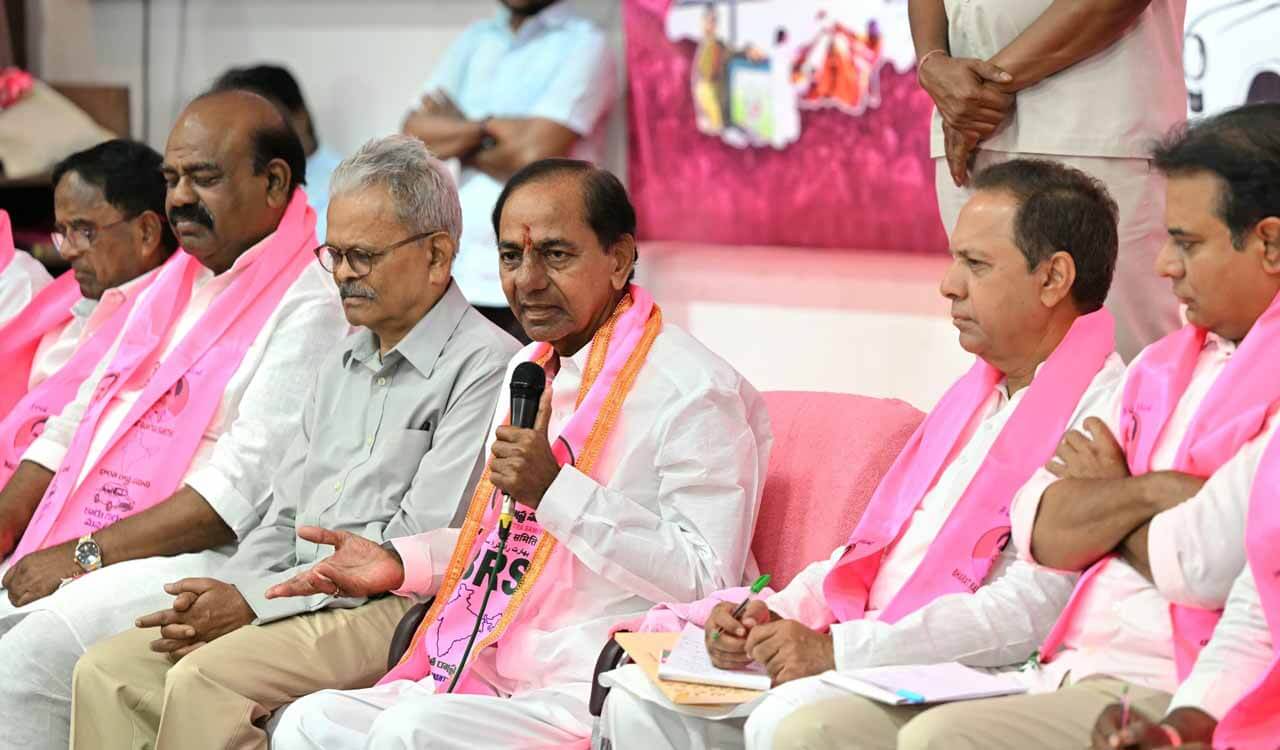
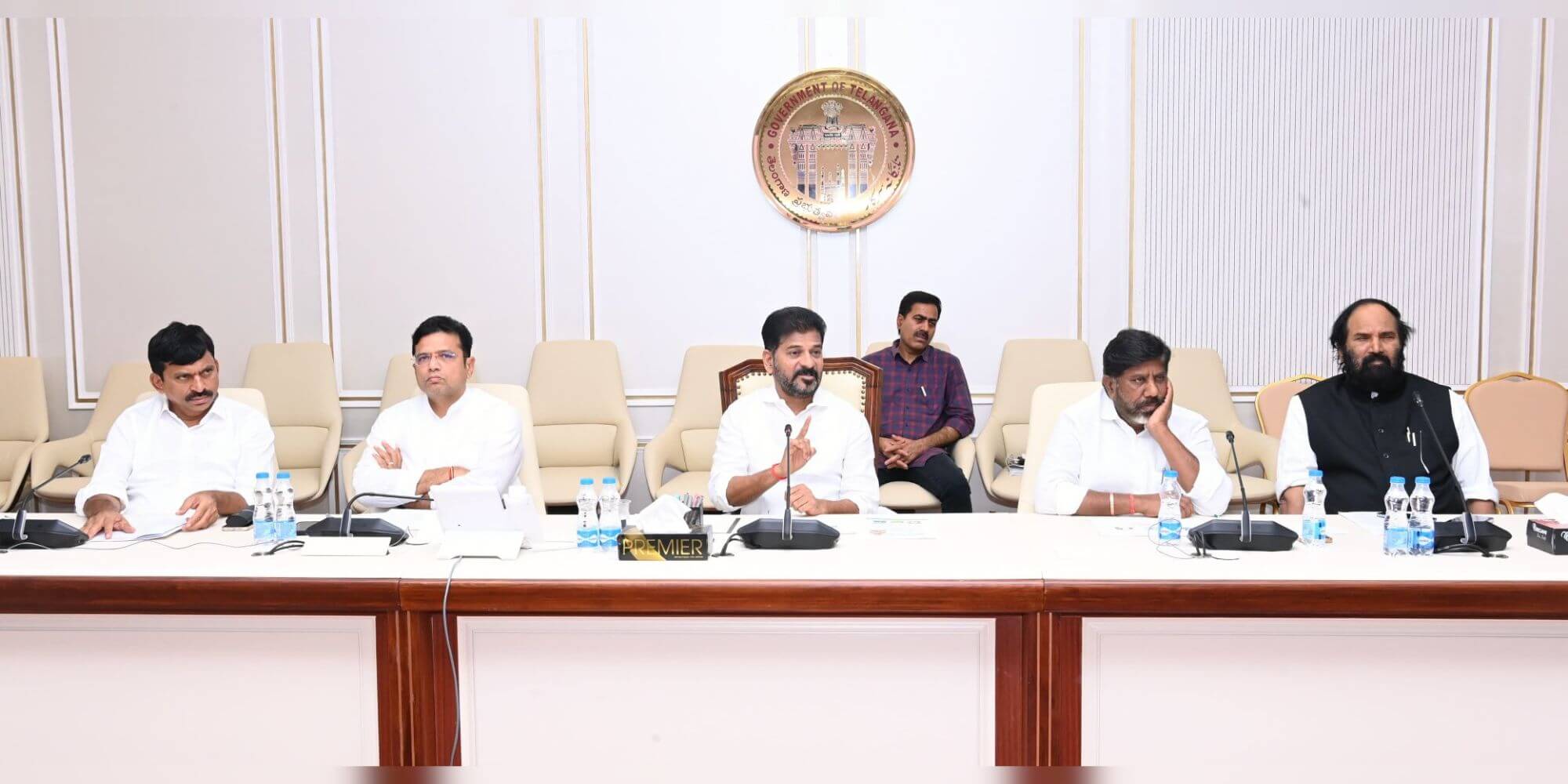
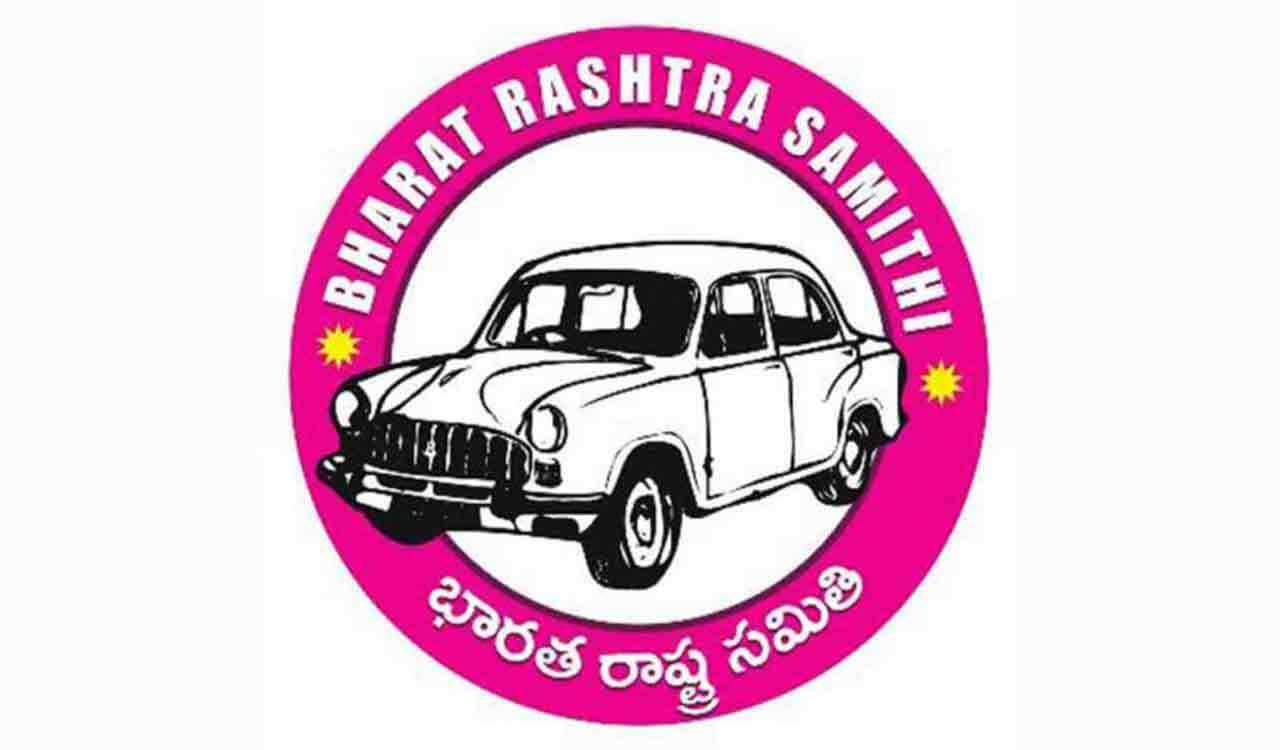

.jpg)

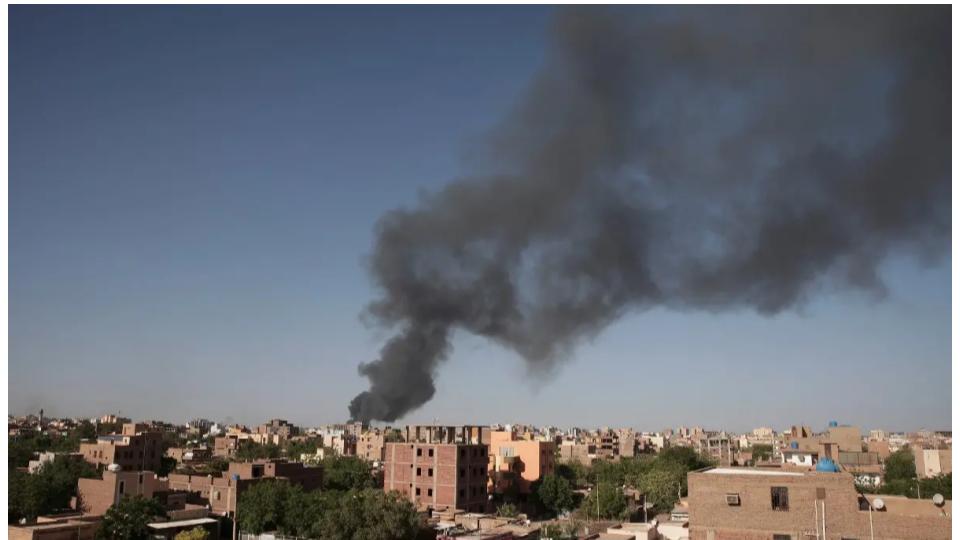
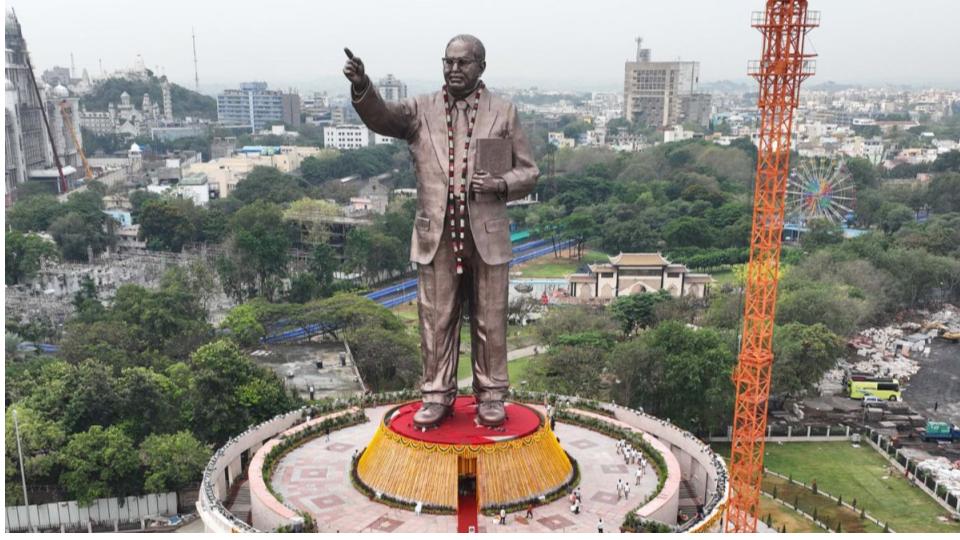
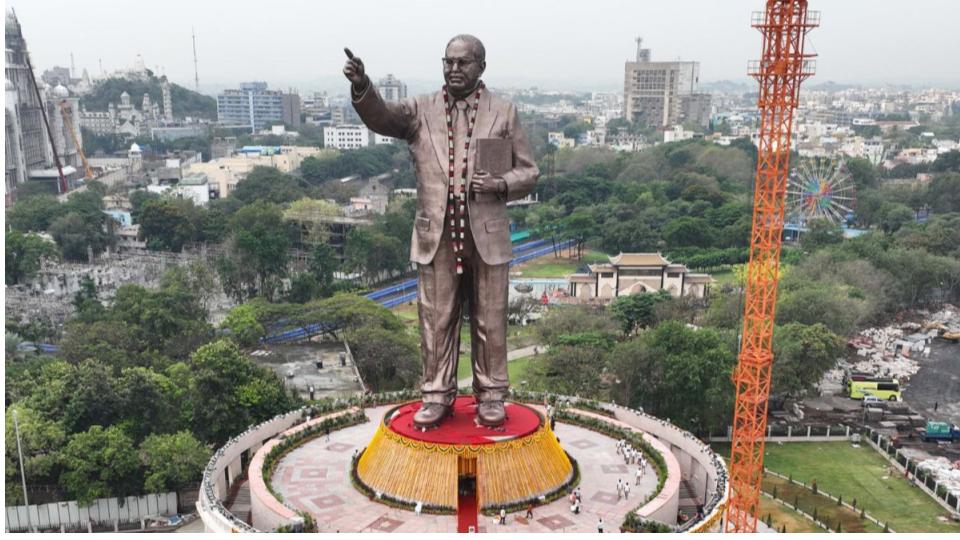













.jpg)
.jpg)
.jpg)


